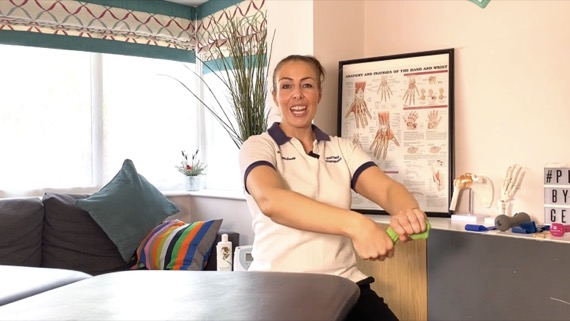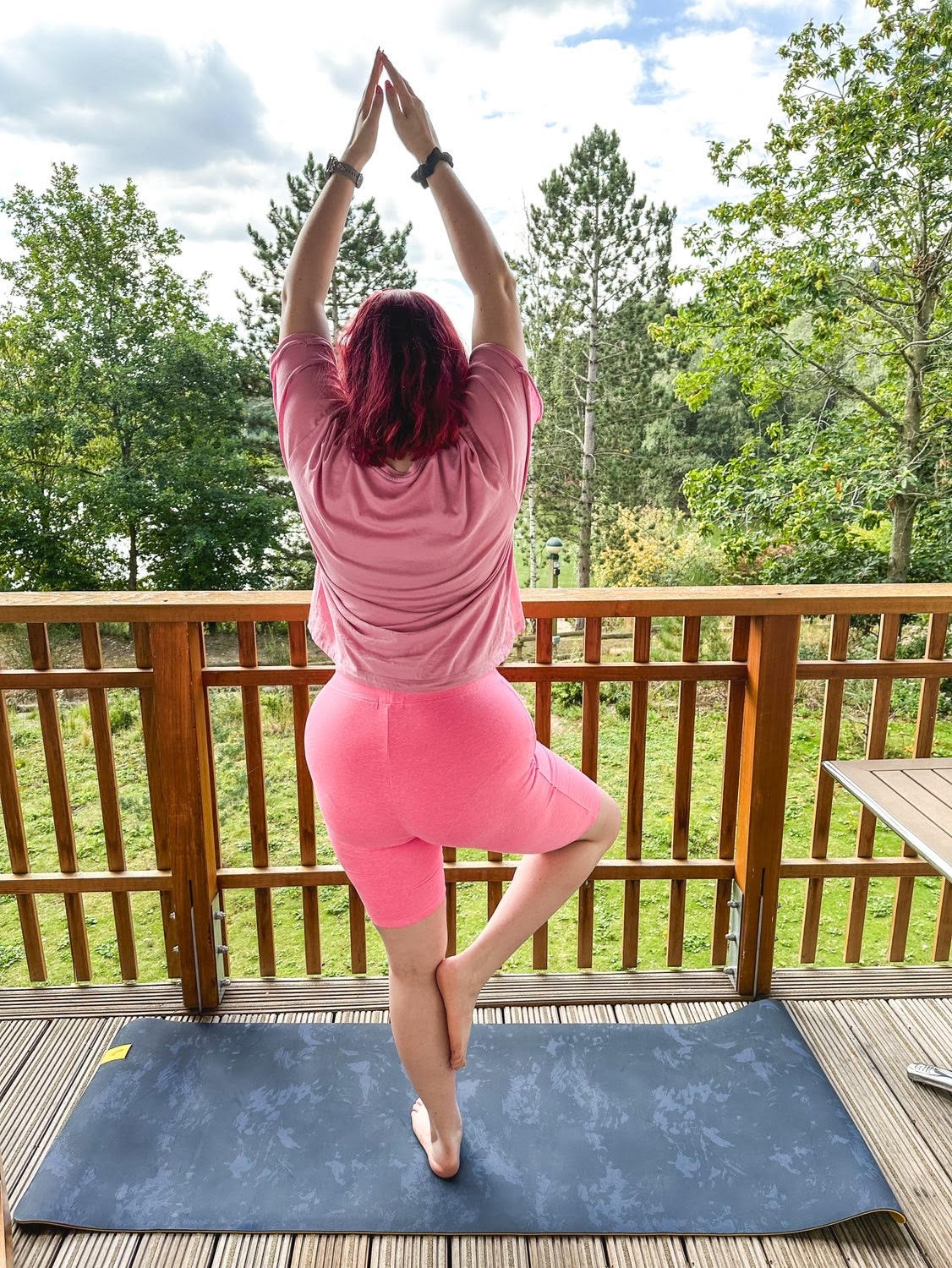Wrist Pain
Causes of Wrist Pain
Repetitive strain injuries of the wrist are highly common and caused by doing the same activity repeatedly until it harms you such as typing on a computer at work to gardening — they can all cause a repetitive strain injury if you done too often or without the strength to sustain it.
Injuries to the ligaments of the wrist through falls or sports injuries are called 'Wrist Sprains'. They are usually quite painful and can often present with swelling, bruising and reduced movement. Some types of wrist pain can build up over time.
All about Wrist Pain
Types of Wrist Pain
- Wrist tendinitis (tendonitis): This is inflammation in the tendon tissues of your wrist. These connect the muscles of your forearm to bones in your hand. Injury or overuse of the tendons can result in a 'Wrist Strain'.
- De Quervain’s tenosynovitis: This is the most common cause of wrist strain and develops from inflammation of the tendons of the thumb, typically occurring from repetitive strain or overuse. It is often referred to as "mother's thumb" because there is an increased risk of parents developing de Quervain's tenosynovitis from repetitive lifting and carrying of children. Symptoms include pain, tenderness, and swelling at the base of the thumb. It can be sore to bend the thumb tip and move across the palm.
- Carpal tunnel: Carpal tunnel is another highly common condition affecting the hand and wrist. This often presents as pain, numbness, tingling and weakness of the hand and wrist. It is caused by increased pressure within the wrist on the 'median nerve' which mainly provides sensation to the thumb, index and middle fingers. Your risk of developing Carpal tunnel increases with age. There are certain factors and movements that have been shown to increase risk such as hammering, overuse, pregnancy, excessive wrist movements or exposure to vibration.
- Fractures: Wrist injuries often occur when you fall forward onto your outstretched hand. A scaphoid fracture involves a bone on the thumb side of the wrist. This type of fracture may not show up on X-rays immediately after the injury. It is important to follow up on investigations as it may require surgical intervention.
- Osteoarthritis: In the wrist is uncommon and usually occurs only in people who have injured that wrist in the past. This type of arthritis occurs when the cartilage that cushions the ends of the bones deteriorates over time.
- Rheumatoid arthritis: This is a disorder in which the body's immune system attacks its own tissues, rheumatoid arthritis commonly involves the wrist. If one wrist is affected, the other one usually is too.
- Ganglion cysts: These soft tissue cysts occur most often on the part of the wrist opposite the palm. Ganglion cysts may be painful, and pain may either worsen or improve with activity.
Symptoms of Wrist Pain
Symptoms are often swelling, stiffness, pain on moving the wrist and instability. It often affects your ability to use the hand so grip strength can be impaired.
Wrist Pain Treatment
- Medication: Seek appropriate pain relief to reduce discomfort and allow for more mobility exercises.
- ICE! Such as a bag of frozen peas wrapped in a towel, against your wrist for a few minutes several times a day can help ease the pain.
- HEAT! Or try heat: a warm pack on the wrist for twenty minutes a few times a day can ease stiffness and soreness and help to relax the muscles.
- MODIFY! Try to reduce aggravating activities or look to improving posture and techniques.
Watch the PBG information class on wrist pain then try the QuickFix exercise class to learn how to stretch and strengthen your wrist, to improve function.
Free Class: Quick Fix for Wrist Pain

 Physio Tip!
Physio Tip!
If you use a computer for work check your posture set up: changing your hand position during repetitive motions can reduce stress on the wrist that's causing pain. This could be achieved by lowering the keyboard to reduce upward wrist position when typing or train your non-dominant hand to be the 'mouse hand'.
Try to take regular breaks from typing and use a wrist rest with your keyboard, mouse or trackpad.
Alert!
Contact your healthcare provider if your wrist pain is worsening, recurring or has become chronic in nature.
Some signs of acute or chronic wrist pain:
- You can’t move your hand, wrist or fingers.
- Painful tingling in your wrists or forearms.
- Discoloration or swelling in your forearms, wrists, hands or fingers.
- Wrist pain that continues two weeks after you have started treatment.










